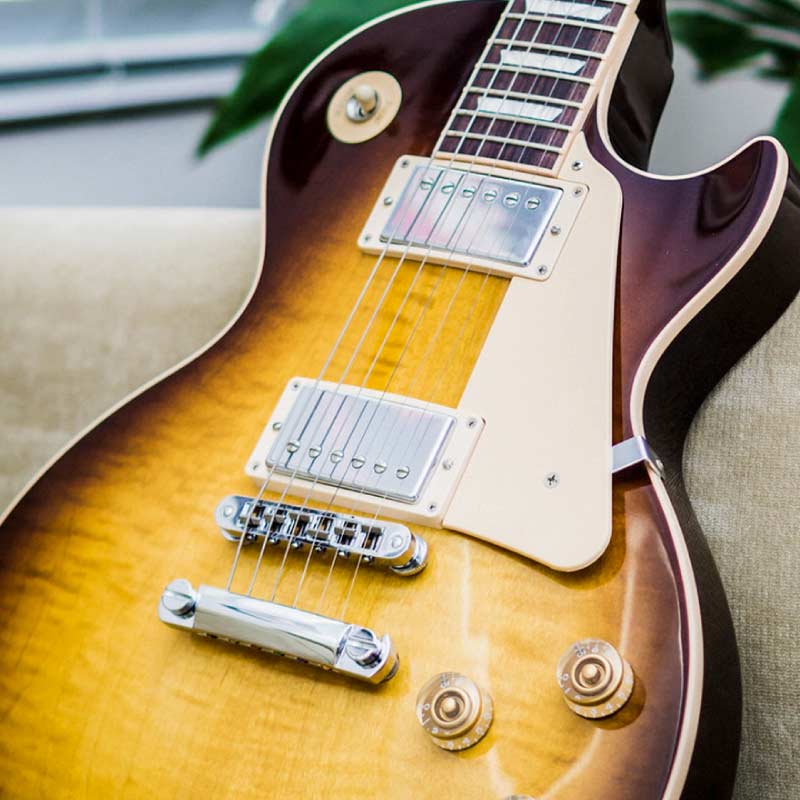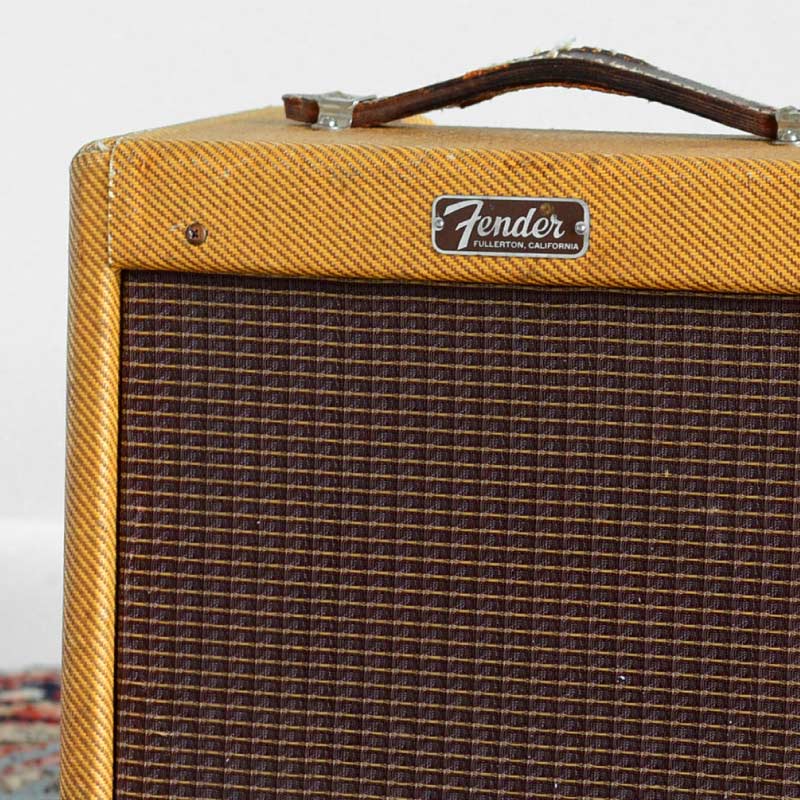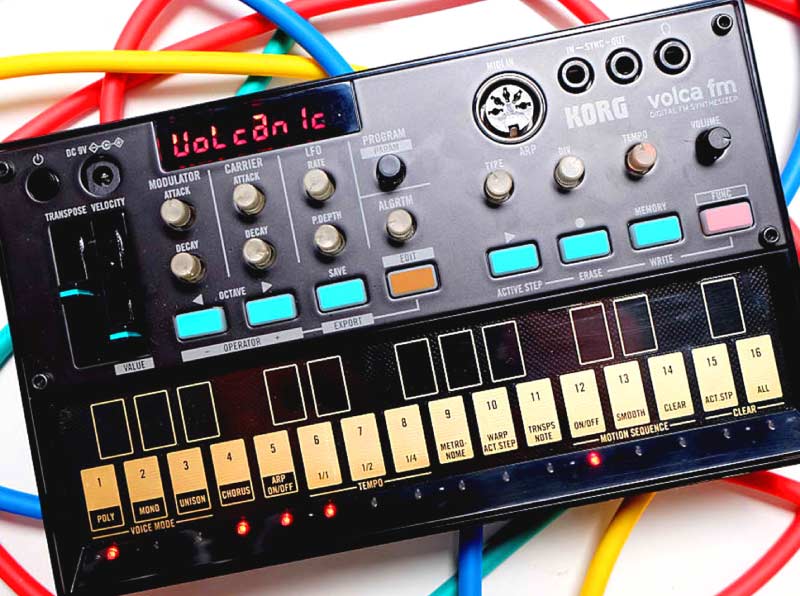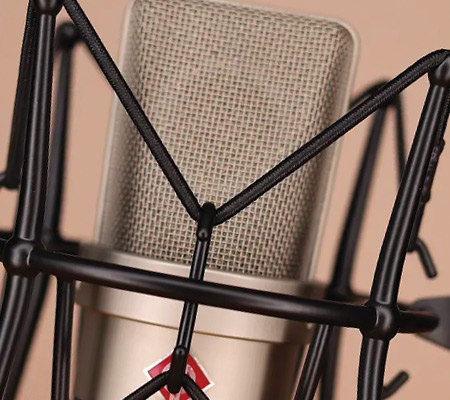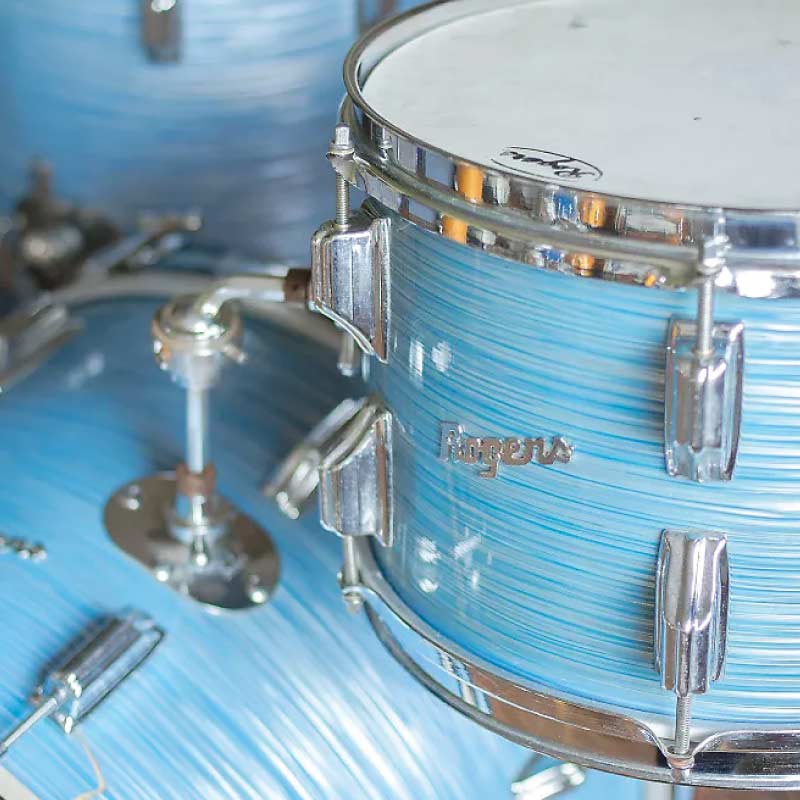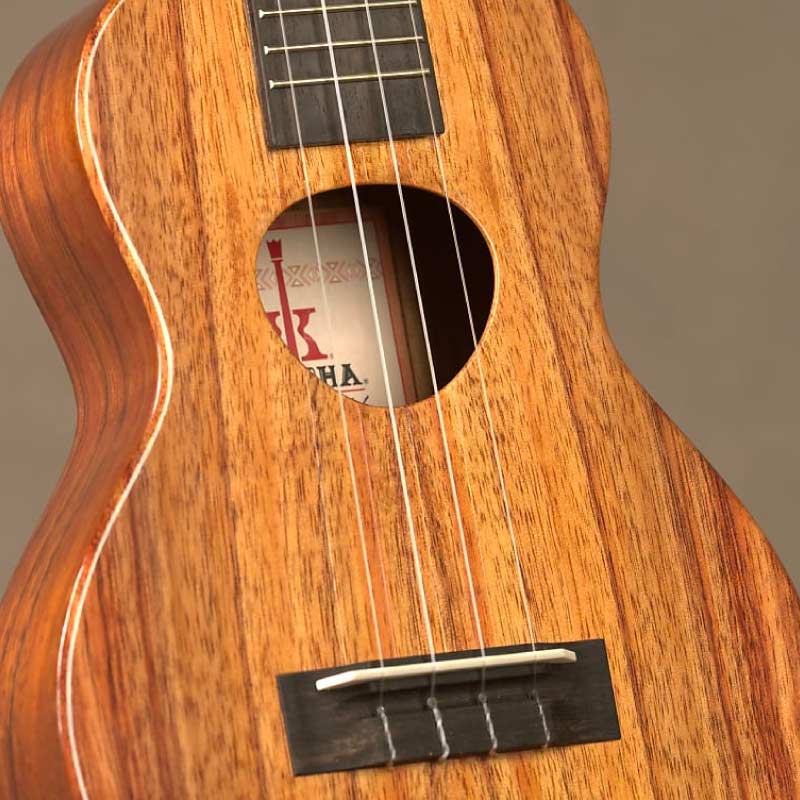Putting Nathan Daniel’s face on the Mount Rushmore of guitar designers alongside Leo Fender’s or Ted McCarty’s may not seem like a given. But Daniel’s guitars and amplifiers were generally one–fourth the price of the standard Fender or Gibson, making them more appealing to parents investing in their budding rockstars.
The impresario of affordable instruments, Daniel sold his designs to music stores under the Danelectro name, to Sears under the Silvertone badge, and to Montgomery Ward under the Airline badge.
Daniel did his boldest work during the infancy of the electric guitar, when innovations on the form were coming from every maker at every price point. With their unique and quirky sets of features, nothing was built like Daniel’s guitars and nothing sounds like them either. Take the brand’s signature lipstick pickups.
In November 2016, I published a piece on those idiosyncratic pickups invented by Nathan Daniel. The response to the piece—including commentary from Nathan’s son, Howard Daniel—highlighted several inconsistencies in the accepted history of Danelectro.
I followed up with Howard to set the record straight, drawing from his memories of working at the Danelectro factory.
It All Started with Amps
The history of Danelectro starts at the dawn of the electric guitar in the early 1940s. Daniel had been making amps independently in New York, creating the first push–pull circuit, which made the amps far more reliable than others at the time.
Daniel worked with Epiphone for a few years until he set off on his own in 1946 and marketed the amps under his own brand name, Danelectro. Soon after, he developed the first ever large–scale amplifier manufacturing plant, supplying Sears and Montgomery Ward with amplifiers for their house brands. Nathan Daniel was at the forefront of amplifier innovation, and experimented with tremolo, reverb, and hybrid power systems at very early stages.
During our conversation, Howard noted that his father was disappointed that these amps were considered inferior to the competition's at the time of their introduction. Yet these early amps have aged surprisingly well, and have become cult classics since being adopted by players like Jack White and Dan Auerbach. While this resurgence in Silvertone amps is a recent occurrence, Danelectro guitars have sustained popularity for a surprisingly long time.
The Dawn of Danelectro Guitars
In 1954, Daniel decided to introduce a line of electric guitars that, like Leo Fender’s designs, avoided any resemblance to their acoustic counterparts. Since Daniel's initial business building amps made him more of an electrical engineer than a luthier, building guitars came with a learning curve. Howard Daniel remembers, “Dad asked a friend—I can’t remember if it was D’Angelico or Maccaferri—how to space frets. He was given the mathematical formula and headed to the bank to borrow an adding machine. After a few hours, he figured it out!”
Similar to Les Paul, Daniel constantly tinkered to build better, more affordable electric guitars. Howard says that his father considered trussrods, “temporary solutions,” leading Nathan Daniel to experiment with metal neck reinforcement. He also cut costs and eased construction by using metal nuts, and he pioneered the neck micro–tilt adjustment before Fender came up with his own design.
The lipstick pickup was a similar innovation, easily assembled and greatly reducing electrical noise. Howard let us know that these were not “surplus” or made by Max Factor as previously reported.
RELATED ARTICLE
Over email, famed Danelectro fan and builder Jerry Jones corroborated the quality for me. “As far as I know, Danelectro probably procured their lipstick casing from the same source we used—Lakewood Medal Products in Waterbury, CT. We usually ordered 20K at a time and they came to us as polished brass ready for plating. They were usually boxed by grosses.” Jones also commented on the magnets, “There were a least three different magnet sizes, and all were break–bar Alnico 6.”
Danelectro’s business model selling cheap, great–sounding guitars—and earning a pretty penny marking up the ones branded Silvertone and Airline—led to Danelectro becoming on of the earlier electric guitar mass producers. According to son Howard, “The factory kept getting bigger. We built many guitars in summer for the Christmas rush, Sears guitars, and Montgomery Wards amps. Many people worked weekend and double time to keep up on demand.”
Even though Danelectro lives in our imaginations as the “cheap guitar” brand, Daniel was responsible for a number of other stringed innovations. Again in tandem with Fender, Danelectro built some of the first affordable basses with great sound. The string–maker D’Addario credits Daniel with helping pioneer roundwound bass strings, and Daniel also brought some of the earliest six–string basses and baritone guitars to the market.
With that permanent itch for the new and unique, Daniel teamed up with session player Vinnie Bell to design electric sitar–style instruments under the Coral name. Much easier to play than a traditional sitar, the Coral electric sitar capitalized on the sound of the 1960s psychedelic movement. Bell and Daniel also designed the Bellzouki, which was one of the first mass produced electric 12–string guitars. The wild 31–fret Guitarlin allowed players to reach into the range of a mandolin, in essence the first “extended range” instrument in the rock and roll era.
The Later Days of Danelectro
By the late 1960s, Daniel was torn between expanding his musical instrument business and slowing down. Howard says, “I was not interested in the guitar business, so Dad really looked for other ways to pass it on.” After a trip to Japan and some other fact–finding missions, Daniel sold Danelectro to MCA while staying on as the Danelectro's president. This proved a great time for Daniel to cash in, since the guitar market was just about to hit a serious slump in sales.
Daniel’s relationship with Sears lasted through many changes in the department store’s ownership, but he always managed to keep his accounts and relationships there intact. But things finally changed after the sale of Danelectro. “MCA changed the sales model, which led to Sears dropping the brand,” Howard recounts.
With its main source of revenue gone, Danelectro faded into guitar lore. The brand limped along for a few years, selling the Vinnie Bell and sitar modes under the Coral name while selling off excess stock assembled by Dan Armstrong, the builder most famous for designing the lucite guitar.
Danelectro guitars themselves outlasted the company. Danelectro's simple and surprisingly robust designs made them age fairly well, and their perpetually cheap pricing meant they could be easily procured in used music stores and pawnshops for decades.
The Comeback
In the 1990s Steve Ridinger of the Evets Corporation was looking to acquire a classic music brand. I got the opportunity to talk to Ridinger about the return of Danelectro at NAMM this year. Ridinger told me, “We wanted to take a guitar product and build on its legacy. When we surveyed the brands and IP that was available, Danelectro seemed like a good fit.”
However, guitars were not even on the company’s radar, “We bought the brand to market pedals, but guitars were brought about by request,” Ridinger says. Finally bending to pressure, Evets brought out a reissue of the 1956 U2 model to the 1998 NAMM show. “It was crazy!” Ridinger remembers. “We were all swamped taking orders for guitars. Even the kid we brought just to keep the guitars clean was taking orders.”
Around this time, Jerry Jones in Nashville was also making very well regarded Danelectro–inspired guitars. His high quality models kept the image and sound of the brand alive, along with the designs of distinctive baritones, 12–string guitars, and six–string basses. Most electric 12–strings you hear on Nashville recordings are likely Jones–Danelectro instruments.
Since then, the new Danelectro models have ebbed and flowed in popularity, but have never disappeared. Evets production has shifted from Korea to China, and recently back to Korea. Along with accurate Danelectro reissues, the company has released updated classic models, originals, and, recently, Mosrite–inspired models. A whole other article could be written about the wacky world of the Evets–made Danelectro pedals.
Danelectro and Silvertone have thrived over the years as unique designs in a copycat industry. When I was chatting with Howard Daniel, he was perturbed that the looks of his father’s designs seemed to be remembered more than their technical achievements. But the biggest strength that these guitars have always had is that nothing sounds like a Dano’. Much like the Strat, Tele, and Les Paul, these guitars’ great looks and great tones mean they will never go away.
Danelectro